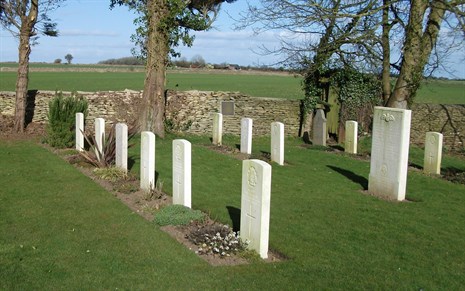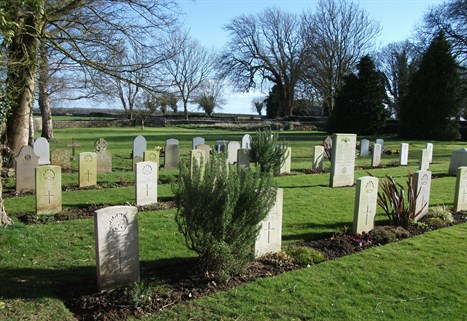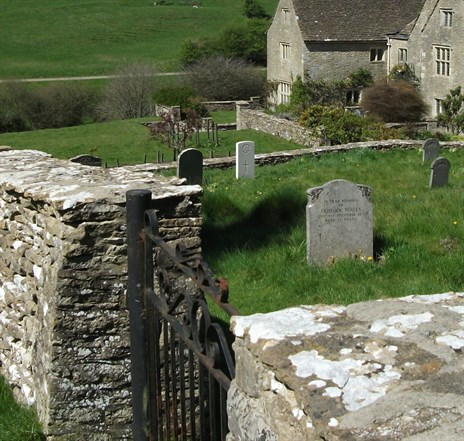Birth of Australian Flying Corps
During WW1 the Royal Flying Corps was established and the AFC (initially termed the "Australian Aviation Corps") and the Central Flying School were formed on 7 March 1913. In 1917 the first detachments were sent to the U.K. and this lead to the establishment of the First Training Wing of the Australian Flying Corps in January 1918. Minchinhampton hosted Number 1 Station and Leighterton hosted Number 2; Squadrons 5 & 6 went to Minchinhampton and Squadrons 7 & 8 to Leighterton. The runways were grass. Trainees came to the squadrons once they had completed 6 week’s basic training and passed a written exam in aeronautics, Morse code and the theory of artillery. They would then fly 12 times with an instructor, each flight lasting 15 minutes, before going solo. They would complete 4 hours of solo flight before going on to advanced training. Minchinhampton trained in single-seaters whilst at Leighterton training was in two-seaters. The planes used were Sopwith Pups and Sopwith Camels, the Royal Aircraft Factory S.E.5A (Scout Experimental 5) and Avro 504. The Sopwith Camel had particularly poor handling characteristics. A plaque to their endeavours has been erected on the wall of the cemetery at Leighterton.
The Anzacs became well known locally for their daredevil flying. The Anzacs left the Stations on 11th May 1919 after which Leighterton reverted to farmland. Training was always a risky business, and 24 Anzacs are buried in the small cemetery at Leighterton, a testament to the perils of early flight.



A memorial to these Anzacs lists 23 buried at Leighterton and one (Stronach) buried at Lasborough which is 2 miles North of Leighterton.

The Commonwealth War Graves listings can be found for Leighterton and for Lasborough. Amongst the Anzac graves there is one for Edward Broomhall. He was an Air Mechanic 2nd Class in the Australian Flying Corps. He enlisted in the AIF on 24/8/1917 and embarked at Melbourne for active service abroad on 9/11/1917. He left England for return to Australia on 17/4/1920 and was discharged from the AIF at Melbourne on 19/7/1920. However, he returned to the UK and lived there until his death on May 9, 1930 aged 39 and is buried with his fellow countrymen at Leighterton.
Error loading Partial View script (file: ~/Views/MacroPartials/rblGallery.cshtml)